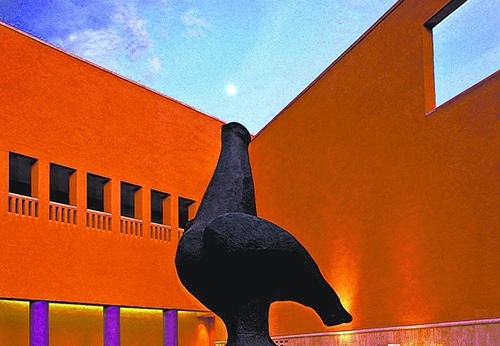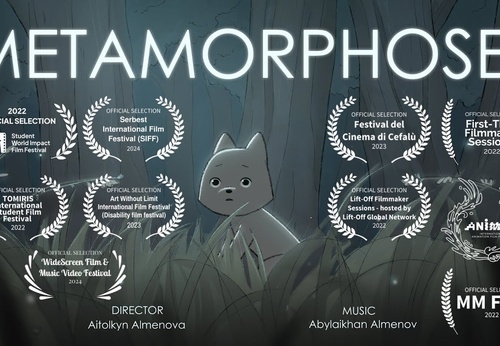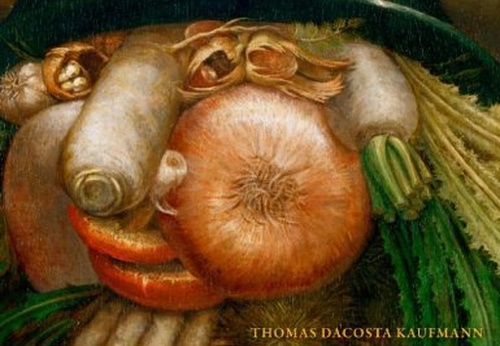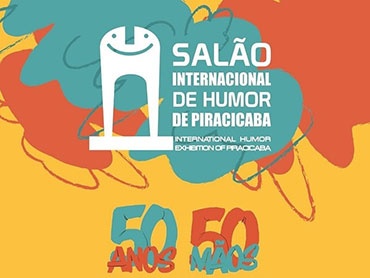
The Art of Sculpture in the Middle Ages
Romanesque Sculpture and Gothic Sculpture
The most notable sculptural works of the Byzantine Empire are the ornamental work on the capitals; there are fine examples in San Vitale in Ravenna. Ivory reliefs were common on chests, diptychs, or the famous Chair of Bishop Maximilian, a work carved around 550. Characteristic of Ottonian art are small ivory and bronze sculptures inlaid with precious stones. Also made of bronze are the doors of St. Michael's Church in Hildesheim, a work related to Byzantine and Carolingian art. Of particular note are the gold-covered wooden images used as reliquaries. Among these, the Gero Crucifix (10th century) stands out, made of polychrome wood, which is found in Cologne Cathedral.
Romanesque sculpture (11th–13th centuries) was at the service of architecture, and many examples are found along major pilgrimage routes, such as the Way of St. James. Sculptors treated various parts of churches—tympanums, portals, and capitals with stories based on biblical themes—with great realism. The Maiestas Domini and the Last Judgment were the most frequently represented iconographic themes. The most commonly used material was wood, which was used to create devotional images such as the "Madonnas and Child," widely represented throughout Catalonia and southern France. However, the most important Romanesque image was Christ in Majesty. The Volto Santo of Lucca in Milan Cathedral stands out, as well as the Christ of Mig Aran and Batlló's Majesty in the National Art Museum of Catalonia.
The door of Chartres Cathedral (1145) is one of the earliest examples of Gothic sculpture, and it features, among other figures, fabulous animals that form the gargoyles. In Germany, both the exterior and interior of Bamberg Cathedral (13th century) contain highly significant sculptures, a good example being the Equestrian Statue of the Knight of Bamberg. An innovation is the sculptures on dramatic themes, with scenes from the Passion of Christ and the Pietà. At the end of the Gothic period, magnificent altarpieces were created in Germany by artists such as Tilman Riemenschneider and Veit Stoss. In the Kingdom of Castile, the sculptors Gil de Siloé and Alejo de Vahía worked. In the Kingdom of Aragon, Aloi de Montbrai created the Tailors' Altarpiece for the Cathedral of Tarragona, and Pere Moragues sculpted the tomb of Fernández de Luna, a piece now in the Cathedral of San Salvador in Zaragoza. Also noteworthy is the relief of Saint George in the Palace of the Generalitat of Catalonia, executed by Pere Joan. Claus Sluter, a Flemish artist, created the portal of the Charterhouse of Champmol (Dijon) and a pedestal for the cloister well known as the Well of Moses. In Italy, in Pisa and Siena, the sculptors Nicola Pisano and his son Giovanni Pisano left behind works of great quality, which already herald the transition to a new type of sculpture.


- December 29, 2025
Artificial Intelligence and the Reconfiguration of Artistic Practices

- December 29, 2025
The Artificial Intelligence Revolution in Modern Art

- December 29, 2025
Metamorphoses— Award winning animation short film (2021)

- December 29, 2025
Children in War and Peace


- December 29, 2025
Holy Wrath, Holy Act

- December 28, 2025
The Difference Between Contemporary Art and Modern Art

- December 28, 2025
The Impact of Contemporary Art on Today's Society

- December 29, 2025
Artificial Intelligence and the Reconfi…

- December 29, 2025
The Artificial Intelligence Revolution …

- December 28, 2025
The Difference Between Contemporary Art…

- December 28, 2025
The Impact of Contemporary Art on Today…

- December 28, 2025
Contemporary Art and its Multiple Langu…

- December 27, 2025
Graffiti: Urban Voices That Tell Stories

- December 27, 2025
The Art of Graffiti: Expression, Identi…

- December 24, 2025
Art as Human Expression and Universal L…

- December 24, 2025
Art in the Street: When the City Become…

- December 23, 2025
Urban Art in Latin America

- December 23, 2025
Folk Art in Indigenous Communities of L…

- December 22, 2025
Graffiti as a Social and Political Lang…

- December 22, 2025
Graffiti – From the Street to Contempor…

- December 21, 2025
Contemporary Art and New Visual Narrati…

- December 21, 2025
Latin American Visual Art as a Space of…

- December 20, 2025
Painting in the Americas: Origins and E…

- December 20, 2025
Key Latin American Artists in the Anti-…

- December 18, 2025
Artistic Movements and Expressions of R…

- December 18, 2025
Art and Anti-Imperialism in Latin Ameri…

- December 17, 2025
Visual Art in El Salvador: Between Memo…

- August 29, 2023
The history of Bolivian art

- February 19, 2024
Analysis and meaning of Van Gogh's Star…

- January 28, 2024
Culture and Art in Argentina

- September 25, 2023
What is the importance of art in human …

- September 23, 2023
What is paint?

- August 23, 2023
The 11 types of art and their meanings

- August 10, 2023
14 questions and answers about the art …

- September 23, 2023
Painting characteristics

- August 30, 2023
First artistic manifestations

- January 12, 2024
10 most beautiful statues and sculpture…

- September 23, 2023
History of painting

- March 26, 2024
The importance of technology in art1

- July 13, 2024
The impact of artificial intelligence o…

- March 26, 2024
Cultural identity and its impact on art…

- April 07, 2024
Graffiti in Latin American culture

- April 06, 2024
History of visual arts in Ecuador

- August 16, 2023
The 15 greatest painters in art history

- April 02, 2024
History visual arts in Brazil

- October 18, 2023
History of sculpture

- November 21, 2024
The Role of Visual Arts in Society

- February 19, 2024
Analysis and meaning of Van Gogh's Star…

- August 13, 2023
9 Latino painters and their great contr…

- August 23, 2023
The 11 types of art and their meanings

- August 10, 2023
14 questions and answers about the art …

- August 27, 2023
15 main works of Van Gogh

- August 29, 2023
The history of Bolivian art

- January 28, 2024
Culture and Art in Argentina

- November 06, 2023
5 Latin American artists and their works

- September 23, 2023
Painting characteristics

- September 23, 2023
What is paint?

- September 25, 2023
What is the importance of art in human …

- March 26, 2024
Cultural identity and its impact on art…

- August 30, 2023
First artistic manifestations

- December 18, 2023
10 iconic works by Oscar Niemeyer, geni…

- January 20, 2024
What is the relationship between art an…

- January 12, 2024
10 most beautiful statues and sculpture…

- August 24, 2023
The most famous image of Ernesto "Che" …

- October 30, 2023
Characteristics of Contemporary Art

- May 26, 2024
Técnicas de artes visuais

- August 22, 2023


